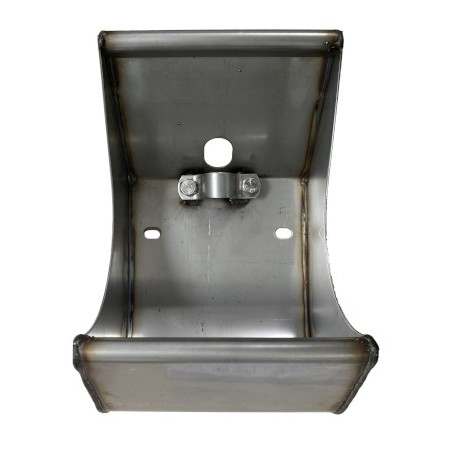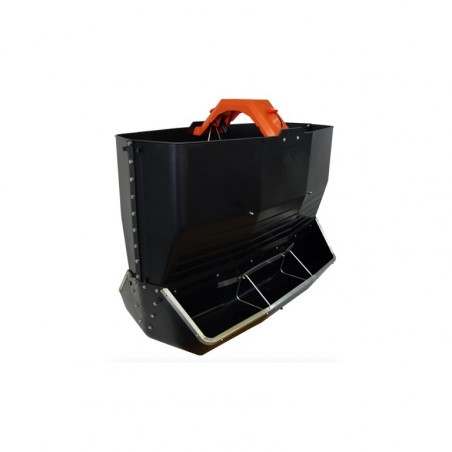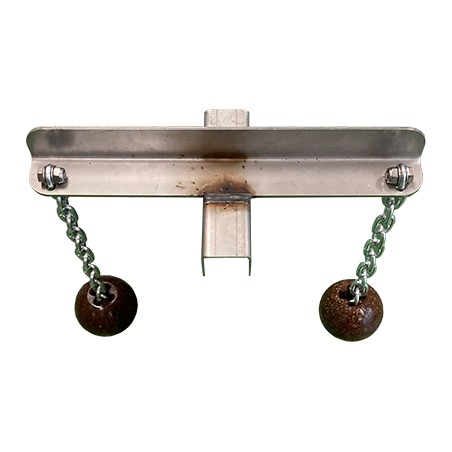Supplemented zinc (Zn) in swine nutrition is commonly considered the only source of added Zn due to the low availability of the mineral from feed ingredients. Zn is commonly included in diets through inorganic sources, such as Zn oxide and Zn sulfate, however, novel Zn sources have become available recently, such as Zn hydroxychloride. The aim of the present study was to determine the effects of Zn source and level on growth performance and carcass characteristics of growing-finishing pigs in commercial conditions. For that purpose, a total of 1980 pigs were allotted into two groups: a first group with 1008 pigs and a second group with 972 pigs. The pigs, with an average initial BW of 33.3 ± 0.55 kg, were used in a 103-d or 114-d growth trial in groups 1 and 2, respectively. Treatments were arranged in a 2×3 factorial design with two sources of added Zn: Zn hydroxychloride (ZnHyd) or Zn sulfate (ZnSO4), and 3 levels of added Zn (50, 100, or 150 mg/kg). All diets contained a vitamin-trace mineral premix without added Zn and provided 76 and 162 mg/kg Fe and Cu, respectively. Average daily gain (ADG), average daily feed intake (ADFI), and feed-to-gain ratio (F:G) were measured by weighing the pigs every two weeks. Finally, at the end of the experiment, pigs were slaughtered and measures of hot carcass weight (HCW), backfat depth, loin depth, and lean percentage were taken.
As a result, there was no evidence for interactive effects of added Zn source or level for growth performance and carcass characteristics during the overall study. Pigs fed diets with increasing added Zn showed a tendency for a quadratic response in ADG, with the greatest ADG observed at 100 mg/kg added Zn. There was a linear improvement in carcass yield and a quadratic response in HCW, with pigs fed 100 mg/kg added Zn having the highest HCW. Pigs fed diets with ZnHyd showed an improved carcass yield and a tendency for greater HCW when compared with pigs fed ZnSO4.

In conclusion, small improvements in ADG were observed in pigs fed added Zn beyond 50 mg/kg, which suggests that providing higher levels of added Zn could improve carcass characteristics. Moreover, HCW and carcass yield improved by providing higher levels of Zn, especially when using ZnHyd as the zinc source.
Cemin, H. S., Carpenter, C. B., Woodworth, J. C., Tokach, M. D., Dritz, S. S., DeRouchey, J. M., Goodband, R. D., & Usry, J. L. (2019). Effects of zinc source and level on growth performance and carcass characteristics of finishing pigs. Translational Animal Science, 3(2), 742-748. https://doi.org/10.1093/tas/txz071









